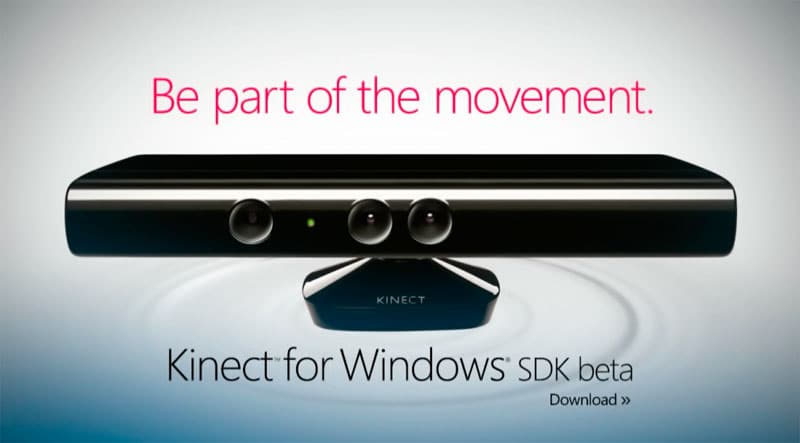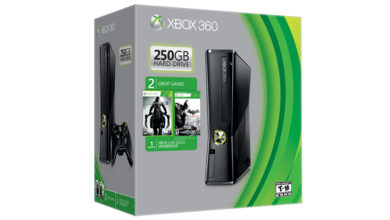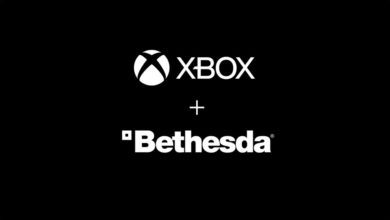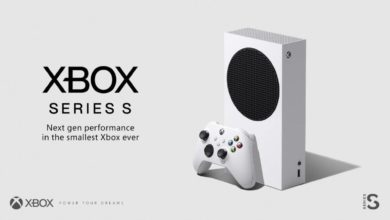After announcing it months ago, Microsoft has finally released Kinect for Windows SDK beta, designed for academic researchers and enthusiasts. Kinect was originally released as a controller-free motion control gaming peripheral for the Xbox 360, and it has quickly become one of the fastest selling consumer electronics devices. The Windows SDK now allows developers to expand its usage beyond gaming, something that has already been done to great effect by hackers even before Microsoft officially announced PC support for Kinect.

The key features of the SDK include:
- Raw sensor streams – Developers have access to raw data streams from the depth sensor, the colour camera sensor, and the four-element microphone array. These will allow them to build upon the low-level streams generated by the Kinect sensor.
- Skeletal tracking – The SDK has the capability to track the skeleton image of one or two people moving within the Kinect field of view, making it possible to create gesture-driven applications.
- Advanced audio capabilities – Audio processing capabilities include sophisticated noise suppression and echo cancellation, beam formation to identify the current sound source, and integration with the Windows speech recognition API.
- Ease of installation – The SDK quickly installs in a standard way for Windows 7 with no complex configuration required and a complete installer size of less than 100 MB. Developers can get up and running in just a few minutes with a standard standalone Kinect sensor unit widely available at retail.
- Extensive documentation – The SDK includes more than 100 pages of high-quality technical documentation. In addition to built-in help files, the documentation includes detailed walkthroughs for most samples provided with the SDK.
The Kinect for Windows SDK can be downloaded at no cost for development of non-commercial applications at http://research.microsoft.com/kinectsdk.



